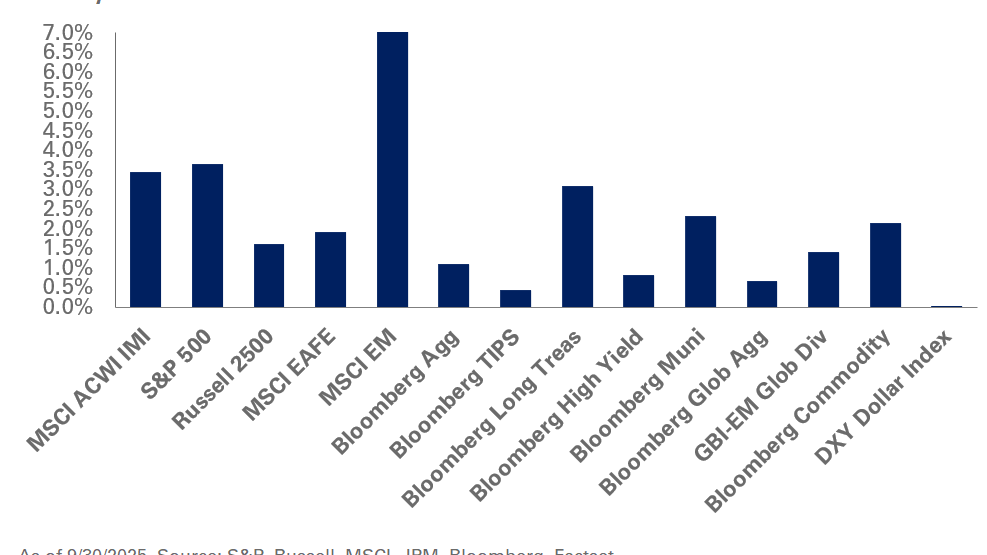Five years ago, the Federal Reserve hinted it would wind down its quantitative-easing program – prompting a negative reaction from emerging markets. This pre-emptive sell-off—dubbed the “taper tantrum”—was fueled by concerns that a reduction in monetary stimulus would lead to a stronger dollar and capital outflows from risky assets.
The backdrop for 2018 feels eerily similar: a strong US labor market and a strengthening dollar are once again sparking concerns the Fed could be more aggressive, leading to higher market volatility.
But that’s where the similarities may end this time around.
In fact, through the current phase of Fed tightening, emerging markets have outperformed their developed peers. Emerging economies are seemingly better able to withstand potential volatility given their stronger fundamentals and cheaper valuations. Additionally, these regions generally are now less exposed to external vulnerabilities as structural improvements have accelerated earnings growth and lowered inflation. By contrast, in 2013 many developing countries had large fiscal imbalances paired with record asset inflows and rich currency valuations.
Emerging markets have also made significant changes to their debt issuance. During the taper tantrum, a significant amount of dollar-denominated debt led to higher debt-servicing costs as the dollar strengthened. Subsequently, most developing nations increased their foreign currency reserves relative to the size of their economies – thus improving their ability to preserve liquidity should capital flee. They also have issued more local-currency debt in response to higher domestic demand.
These improvements have already been put to the test as emerging market assets have had a relatively muted response to the uptick in 10-year Treasury yields, which have risen 50 basis points since the beginning of the year through May 31.
Despite the positive developments, the newfound resilience does not imply that these economies are now completely insulated from a US tightening cycle. Case in point: emerging markets currencies have seen a modest sell-off in recent weeks. More than $5 billion has flowed out of emerging-market exchange-traded funds during this time as 10-year Treasuries breached the seemingly significant 3% threshold – reflecting 2013’s risk-off sentiment. Though these passive funds hold only a small percentage of the overall market share, a significant and abrupt reversal in fund flows could be a cause for concern.
While emerging market economies are not completely immune to a sell-off, we expect the contagion effect to be less dramatic because of the broad economic improvements in these regions. To this end, we still believe emerging market equities are an attractive long-term opportunity with the potential for strong growth. Additionally, with the recent sell-off in many emerging market currencies, we support the addition of local-currency debt from other risk assets, such as US high-yield bonds, where spreads hover around historically low levels.
And while history may not repeat itself exactly, it serves as a useful reminder of where potential points of weakness still exist.



